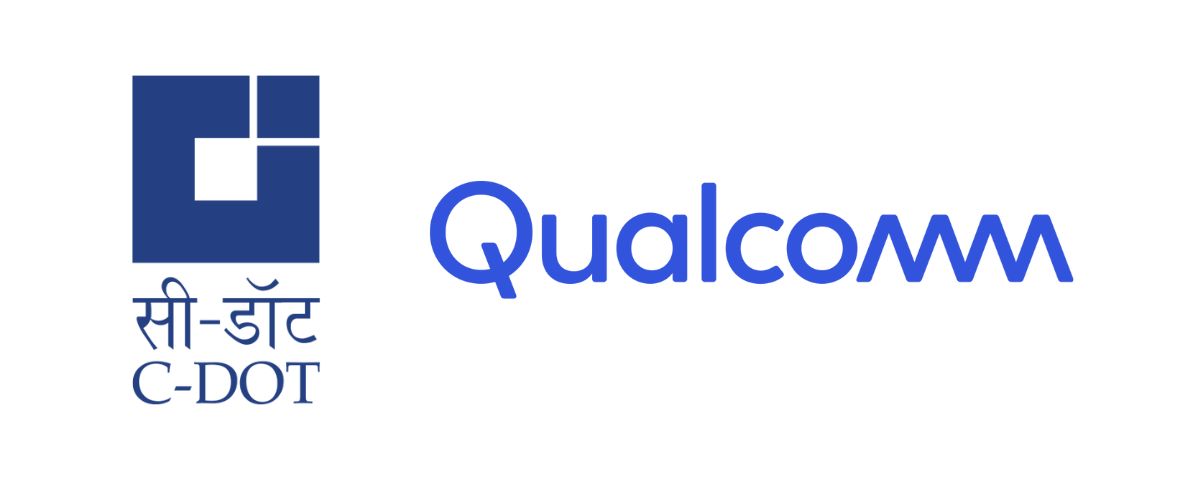
The Centre for Development of Telematics (C-DoT), a public-funded research body under the Indian government focusing on telecom, and Qualcomm Technologies, a US-based tech giant, have signed a Memorandum of Understanding (MoU) to support the ‘Make in India’ vision of the central government. The announcement was made during the recently concluded Mobile World Congress (MWC) 2024. This strategic partnership aims to foster innovation in India and assist India-based developers and startups working on innovative products and use cases.
The partnership has two primary objectives:
- Providing academia, startups, and Original Equipment Manufacturers (OEMs) access to foundational chip technologies and domain experts to scale up their research and development efforts.startu
- Assisting Indian startups in commercializing and developing business faster, particularly those working on indigenous technologies and solutions.
Qualcomm Technologies will contribute expertise, best practices, state-of-the-art technology, and more to support C-DoT and enable Indian startups to benefit from these resources.
Neeraj Mittal, Chairman of DCC and Secretary of DoT, highlighted India’s role in driving innovation and expressed pride in the nation’s cutting-edge research. He emphasized the importance of nurturing entrepreneurial vigor in telecom technology to align with the government’s vision of ‘Design in India’ and ‘Make in India’.
Dr. Rajkumar Upadhyay, CEO of C-DoT, emphasized that the collaboration with Qualcomm Technologies will transition India into an era where innovation thrives. He emphasized unlocking the vast potential of Indian research and accelerating the commercialization of new products and use cases.
Savi Soin, Senior Vice President and President of Qualcomm India, highlighted the government’s emphasis on ‘Design in India’ and the increasing adoption of 5G and on-device AI. She expressed Qualcomm’s commitment to being India’s trusted partner in accelerating its digital journey.
Gautam Sheoran, Vice President and General Manager of Wireless and Broadband Communications at Qualcomm Technologies, expressed excitement about the partnership with C-DoT. He emphasized Qualcomm’s ongoing support for developers, startups, and young entrepreneurs across India and highlighted their R&D investment and startup incubation programs as a testament to their commitment to India’s growth story.



